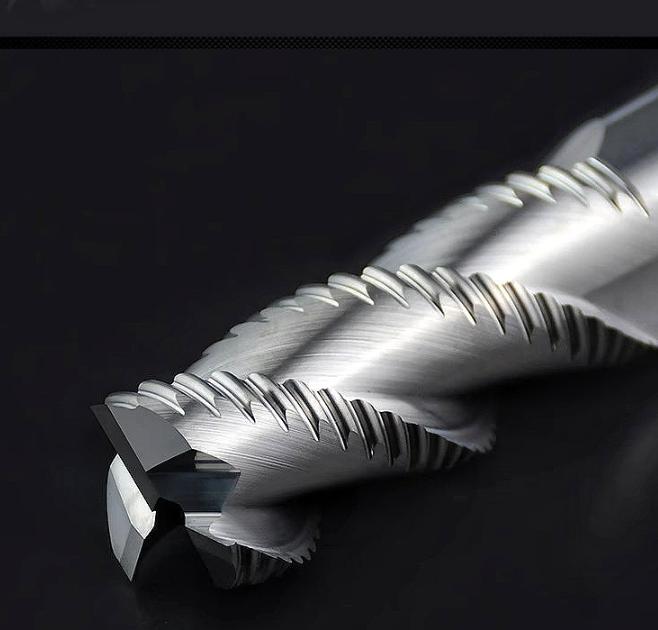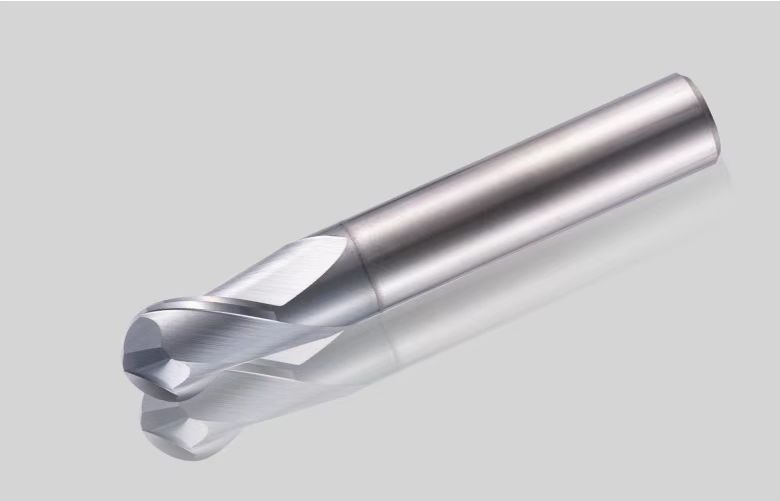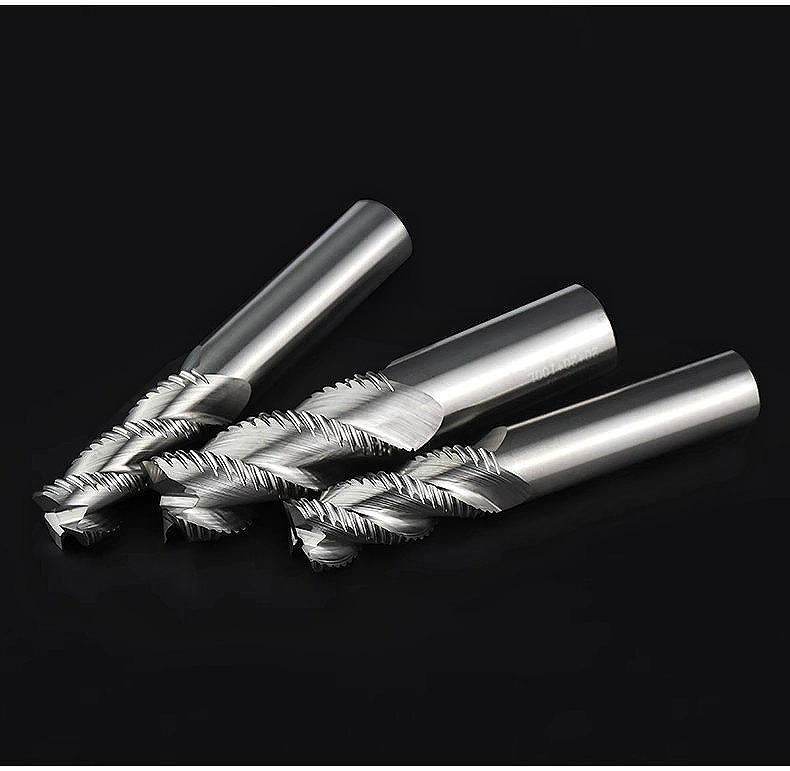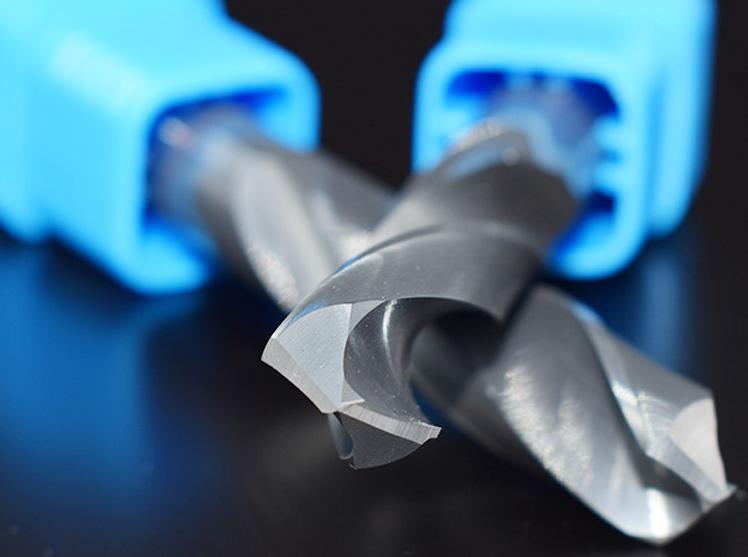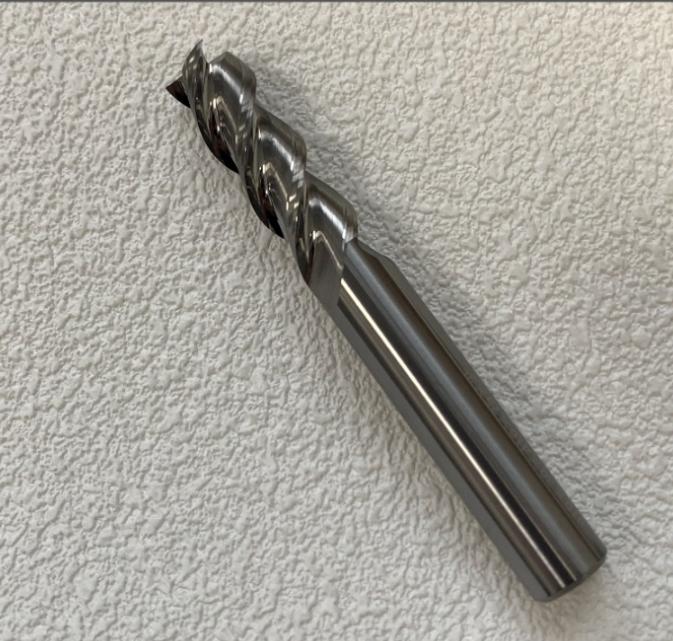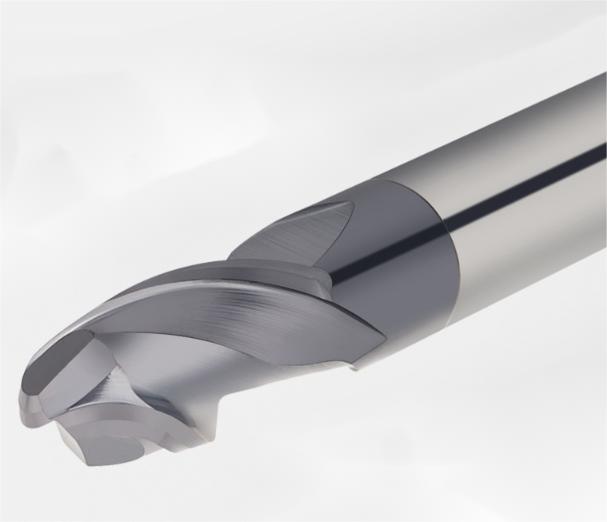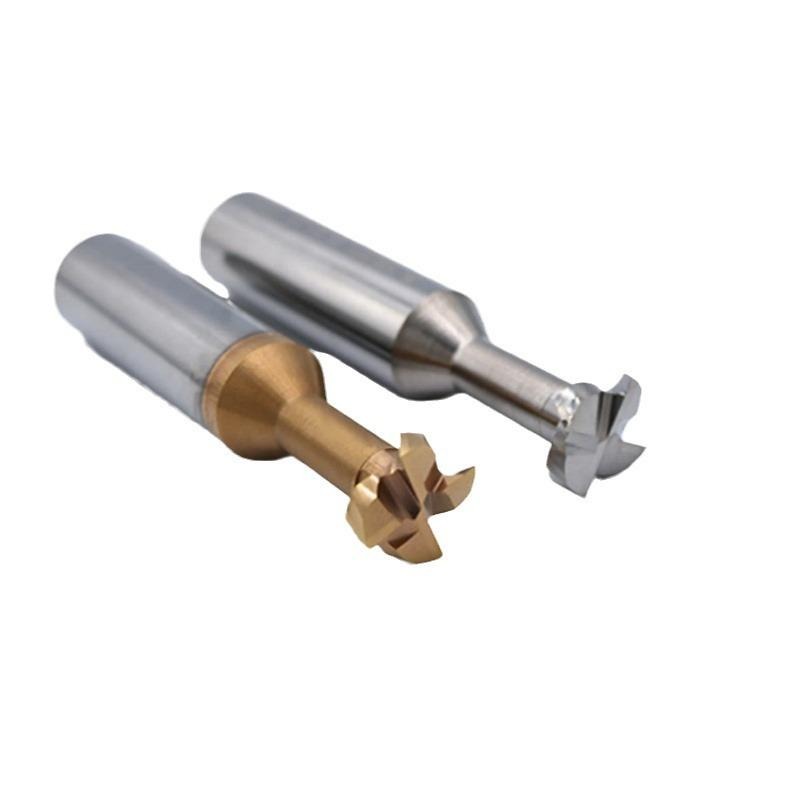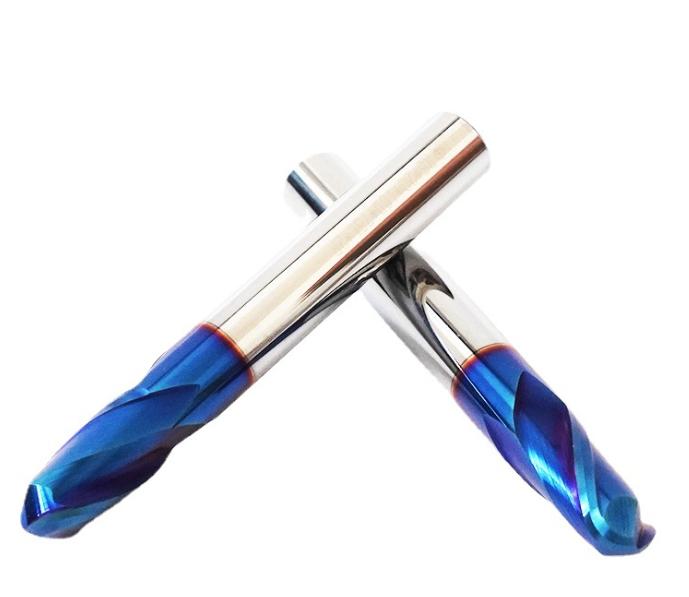Tungsten Steel Milling Cutter Coating Technology: Materials and Their Effects
Table of Contents
In modern machining processes, tungsten steel milling cutters play a vital role in various cutting, milling, and drilling applications. However, due to the high demands of precision manufacturing and the need for long-lasting performance, the application of coating technology on tungsten steel milling cutter inserts has become indispensable. Coating technology involves applying one or more layers of specialized materials on the surface of the cutter inserts, significantly enhancing their hardness, wear resistance, thermal stability, and chemical stability. This, in turn, increases the tool’s lifespan and improves machining efficiency. The choice of coating material is critical, as it must align with the specific machining conditions, such as material type, cutting speed, temperature, and the desired tool life. In this article, we will explore the common coating materials used on tungsten steel milling cutters and analyze their specific functions and advantages.
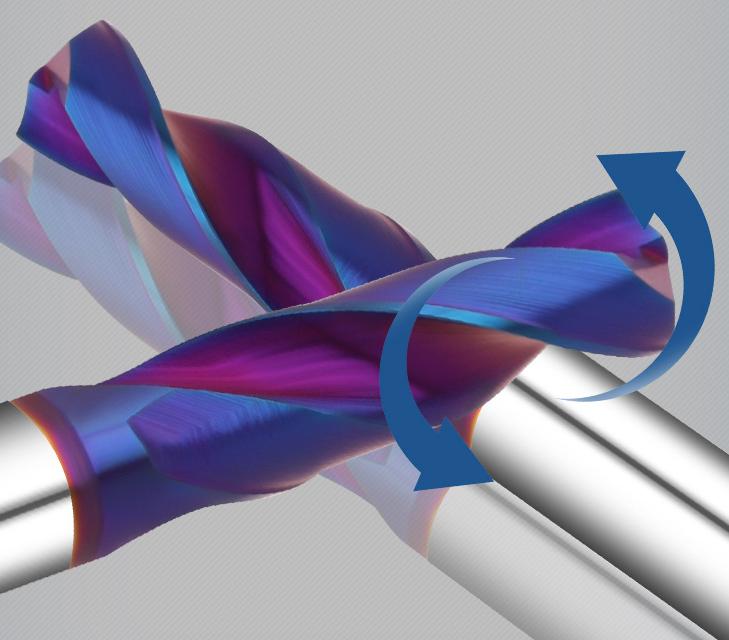
What is Coating Technology for Tungsten Steel Milling Cutters?
The key to enhancing the performance of tungsten steel milling cutters lies in the use of high-quality coatings. These coatings are typically applied through physical vapor deposition (PVD) or chemical vapor deposition (CVD) techniques. PVD and CVD processes enable the deposition of thin, hard films that improve cutting performance by reducing wear, lowering friction, and increasing heat resistance. Each type of coating material brings unique properties to the milling cutters, making them suitable for different machining environments and material types.
Let’s now dive into the common coating materials used for tungsten steel milling cutters and their specific benefits.
Analysis of Each Coating Material for Tungsten Steel Milling Cutters
1. Titanium Nitride Coating (TiN)
Titanium Nitride (TiN) is one of the most widely used coatings in machining applications. TiN coating gives the tool a distinct golden appearance and is primarily applied through physical vapor deposition (PVD). It significantly improves the hardness of the cutting tool and raises the oxidation resistance, making it a popular choice for high-speed steel (HSS) tools.
Benefits:
- Enhanced tool hardness.
- Increased oxidation temperature, providing stability in high-heat environments.
- Prolonged tool life by reducing wear and tear during machining.
Applications: TiN is suitable for a wide range of general-purpose machining tasks, especially with materials like steel, cast iron, and plastics.
2. Titanium Carbonitride Coating (TiCN)
TiCN, a variation of TiN, incorporates carbon into the composition, which further enhances the hardness and lubricity of the coating. This additional hardness makes it ideal for high-speed machining applications where both speed and precision are crucial.
Benefits:
- Higher hardness than TiN, providing better wear resistance.
- Reduced friction during cutting, leading to smoother operations.
- Improved lifespan of cutting tools in high-speed environments.
Applications: TiCN is well-suited for machining materials such as steel, cast iron, and non-ferrous metals, especially in applications requiring high-speed cutting. It is also commonly used in forming and stamping dies.
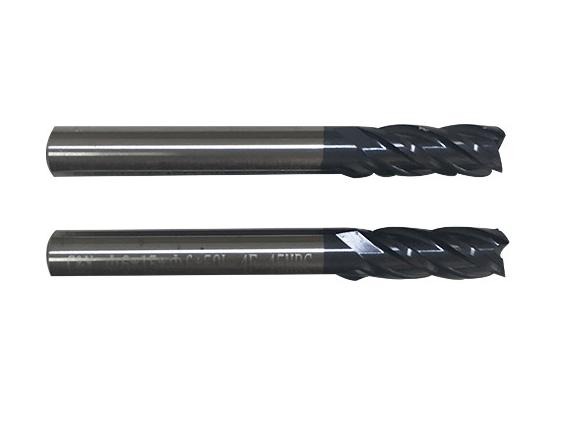
3. Titanium Aluminum Nitride (TiAlN) and Aluminum Titanium Nitride (AlTiN)
TiAlN and AlTiN are advanced coatings designed for high-performance cutting tools. They provide excellent resistance to heat and wear, especially in high-temperature machining conditions. These coatings form a protective aluminum oxide layer during machining, further protecting the tool from wear.
Benefits:
- Outstanding high-temperature stability.
- The alumina layer acts as a heat shield, reducing heat transfer to the tool.
- Suitable for dry machining, reducing the need for lubricants.
Applications: TiAlN and AlTiN are widely used in high-speed, high-temperature applications such as machining hardened steels, stainless steels, and nickel-based alloys. They are also used for dry or semi-dry cutting conditions where coolant use is limited or absent.
4. Chromium Nitride Coating (CrN)
CrN coatings are known for their excellent anti-adhesion properties. They prevent the buildup of materials on the cutting edges, making them ideal for machining materials prone to forming built-up edges (BUE), such as aluminum, copper, and plastics.
Benefits:
- Superior anti-adhesion properties, reducing the risk of material buildup.
- Increased tool life by minimizing material deposition on the cutting edge.
- Enhanced corrosion resistance, improving tool performance in corrosive environments.
Applications: CrN coatings are commonly applied in machining applications where sticky materials, such as soft metals and aluminum, are being processed. They are also used in the manufacturing of plastic injection molds.
5. Diamond Coating
Diamond coatings are unmatched in terms of hardness and wear resistance. This makes them the ideal choice for machining non-ferrous metals and highly abrasive materials. Diamond coatings are often used in the electronics and automotive industries for machining aluminum, copper, and composites.
Benefits:
- Extreme hardness and wear resistance, significantly extending tool life.
- Superior performance in abrasive materials such as graphite, carbon fiber composites, and high-silicon aluminum alloys.
- Excellent heat dissipation properties, improving cutting efficiency.
Applications: Diamond coatings are used for machining materials that are difficult to process with conventional coatings, such as graphite, ceramics, and composites. They are also widely used in machining high-silicon aluminum in the automotive industry.
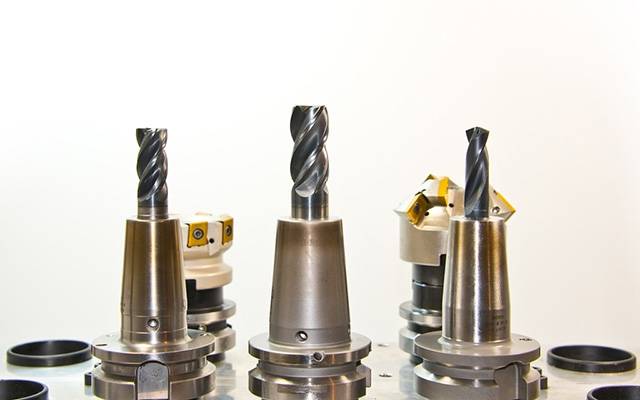
6. Oxide Coating (Homo)
Oxide coatings are formed through steam treatment, which creates a porous structure that retains cutting oil and reduces friction heat during machining. This type of coating is particularly useful for machining hard-to-cut materials where high friction and heat generation are concerns.
Benefits:
- Reduces friction and heat, enhancing tool performance in difficult cutting conditions.
- The porous structure retains cutting oil, improving lubrication.
- Increases tool life when machining tough materials like titanium alloys and stainless steels.
Applications: Oxide coatings are typically used in applications involving hard-to-machine materials such as titanium, stainless steel, and nickel-based alloys, where heat management is critical.
7. Zirconium Nitride Coating (ZrN)
ZrN coatings offer excellent hardness, wear resistance, and corrosion resistance. In addition to their mechanical benefits, ZrN coatings have an appealing aesthetic appearance, making them suitable for decorative applications as well.
Benefits:
- Superior hardness and wear resistance.
- Excellent corrosion resistance, making them ideal for mold-making and precision applications.
- Provides a smooth surface finish, improving the overall quality of the machined product.
Applications: ZrN is widely used in mold-making, high-precision machining, and decorative coatings, where surface finish and durability are essential.
8. Silicon Nitride Coating (SiN)
Silicon nitride coatings are renowned for their high hardness and exceptional thermal stability. They are designed to withstand extreme cutting conditions, including high-speed and heavy-load operations. SiN coatings are especially effective in the aerospace industry, where challenging materials like nickel-based superalloys and titanium are common.
Benefits:
- Extremely high hardness and resistance to wear.
- Excellent thermal stability at elevated temperatures.
- Capable of handling high-speed, high-load cutting conditions without losing effectiveness.
Applications: SiN coatings are widely used in the aerospace industry and in machining applications involving difficult-to-cut materials such as superalloys, stainless steel, and titanium alloys.
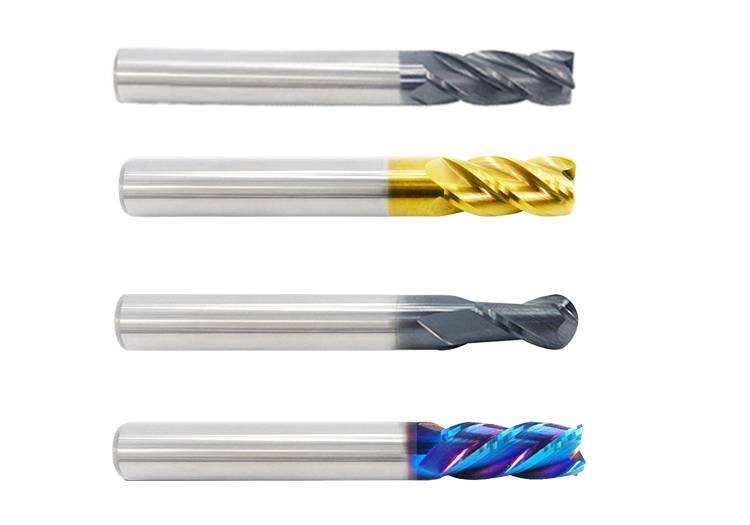
There is no doubt that tungsten steel milling cutter coatings are essential for enhancing tool performance, extending tool life, and improving machining efficiency. The choice of coating material depends on the specific machining conditions, including the material being machined, cutting speed, temperature, and the desired tool life. By selecting the right coating, CNC machining manufacturers can significantly reduce tool wear, minimize heat generation, and improve overall machining quality. Whether it’s the high-speed machining of hardened steel or the precise cutting of non-ferrous metals, each coating material offers distinct advantages, making them indispensable in modern manufacturing.

